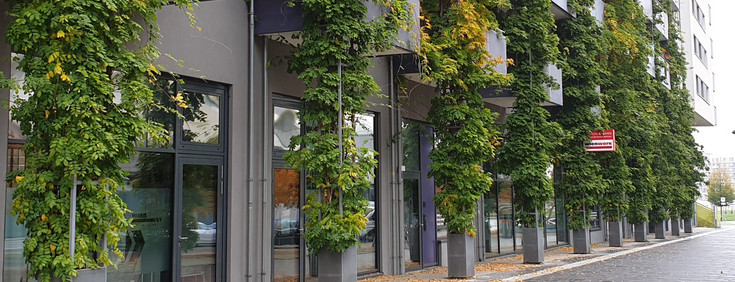Project Start HEDWIG

The effects of green infrastructure (GI), such as temperature reduction, shading performance or transpiration performance have been discussed and described many times and are widely recog-nized.
Worldwide, numerous researchers have been dealing with the effects of GI, but there is still no relia-ble data on the effects of greening buildings available. The project HEDWIG addresses these short-comings and aims for the generation of valid and reliable vegetation as well as performance parame-ters with regard to the effect of building greening on the interior (indoor climate) and the exterior space (microclimate). These can then be transferred to planning and implementation. HEDWIG carries out a continuous monitoring on selected green roofs and green facades and combines this with periodic measurement campaigns.
Furthermore, a specific setup for data acquisition, data analysis and its comparability for the evalua-tion of green demonstration objects will be developed.
The implementation of HEDWIG supports the climate change adaptations it elaborates
(1) a valid database,
(2) a standardization of measurement and analysis methods, and
(3) characteristic values in the Austrian context.
HEDWIG
- Research programme: FFG, Stadt der Zukunft, 9th tender
- Duration: 3 years (start October 2022)
- Project lead: Univ.Prof. DI Dr. Rosemarie Stangl
- in cooperation with:RED Bernard GmbH, IBO Verein und GmbH, GRÜN-STATTGRAU – Forschungs- und Innovations GmbH
For further questions about project HEDWIG please contact nicole.jalits(at)boku.ac.at!
